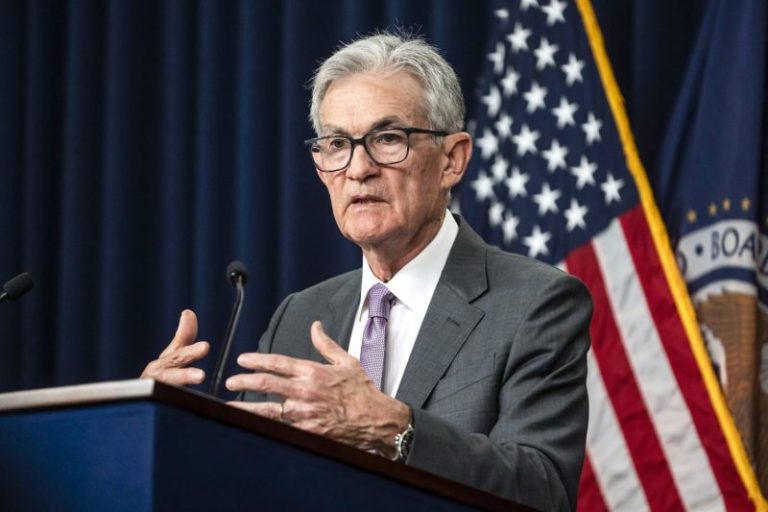In a recent statement, Federal Reserve Chairman Jerome Powell signaled a significant shift in monetary policy by suggesting that the time has come for an interest rate cut. This decision has been met with both anticipation and skepticism within the financial community, as policymakers and market participants alike weigh the potential impact of such a move.
The decision to lower interest rates is a calculated response to several factors impacting the economy, including slowing global growth, trade tensions, and persistently low inflation. By taking preemptive action, Powell and the Federal Reserve aim to bolster economic activity and maintain the momentum of the current expansion.
Critics of the proposed rate cut argue that such a move is unnecessary and could undermine confidence in the economy. They suggest that the current economic indicators, such as low unemployment and solid consumer spending, do not warrant a reduction in interest rates. Additionally, some fear that lowering rates could lead to asset bubbles and distortions in financial markets.
However, proponents of the rate cut point to the need for proactive policy measures in the face of increasing economic uncertainty. Given the ongoing trade disputes and global economic slowdown, a preemptive rate cut could provide a cushion against potential headwinds and support continued economic growth. Furthermore, by signaling a willingness to act decisively, Powell and the Federal Reserve aim to boost investor and consumer confidence, thus potentially stimulating spending and investment.
The decision to cut interest rates is not without risks. Lowering rates could have unintended consequences, such as fueling inflation or creating imbalances in the financial system. However, the Federal Reserve has indicated that it will closely monitor economic data and adjust its policy stance accordingly to mitigate any adverse outcomes.
Overall, Powell’s call for an interest rate cut represents a proactive approach to supporting economic growth and ensuring the sustainability of the current expansion. While uncertainties remain, the Federal Reserve’s willingness to act decisively in the face of economic challenges demonstrates its commitment to fostering a stable and resilient economy. As policymakers and market participants await the outcome of the upcoming Federal Open Market Committee meeting, all eyes will be on the Federal Reserve to see how its decision will shape the trajectory of the economy in the coming months.



